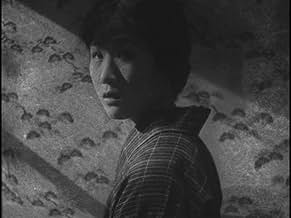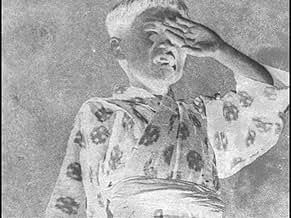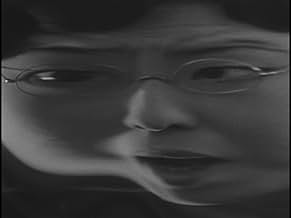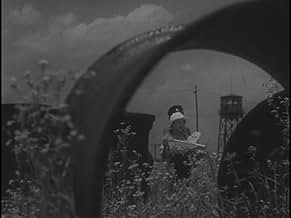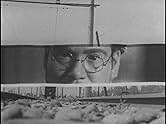Aggiungi una trama nella tua linguaThe story of a poor insurance salesman who struggles to provide for his wife and family.The story of a poor insurance salesman who struggles to provide for his wife and family.The story of a poor insurance salesman who struggles to provide for his wife and family.
- Regia
- Sceneggiatura
- Star
Trama
Lo sapevi?
- Versioni alternativeThere is an Italian edition of this film on DVD, distributed by DNA srl, "SOGNI DI UNA NOTTE (Yogoto no yume, 1933) + OMETTO, FAI DEL TUO MEGLIO! (Koshiben ganbare, 1931) + LE APPARENZE DI GINZA (Ginza Cosmetics, 1951)" (3 Films on a single DVD), re-edited with the contribution of film historian Riccardo Cusin. This version is also available for streaming on some platforms.
Recensione in evidenza
This, the earliest surviving Naruse picture, is not the sort of woman's picture he is best remembered for directing in the 1950s and 1960s, but a comedy about a timid insurance agent, henpecked at home, who can't seem to get ahead, even with his children watching. Thematically it is a great deal like Ozu's early comedies, but while Ozu's attitudes and rhythms are modern and American in this period, like a Japanese Leo McCarey, Naruse's choices seem much more foreign to this modern American viewer: a talent of Japanese, rather than world cinema. Still, the worries are universal in a modern age, of the wage slave who makes himself ridiculous in order to keep his head above water, and the particularly Japanese take on the themes is refreshing. Ozu is outraged at injustice. Naruse's hero endures.
There is a melancholy air to the cinematography as images and the detritus of a still-industrializing Japan are seen about. The children play around and are shot through unassembled sewer pipes, trains rattle by in the background and a toy plane is a plot point. The hard-working, loyal flunky is in danger of being lost, and only the occasional, graceful tracking shot of him walking with his boy offers any real consolation.
There is a melancholy air to the cinematography as images and the detritus of a still-industrializing Japan are seen about. The children play around and are shot through unassembled sewer pipes, trains rattle by in the background and a toy plane is a plot point. The hard-working, loyal flunky is in danger of being lost, and only the occasional, graceful tracking shot of him walking with his boy offers any real consolation.
I più visti
Accedi per valutare e creare un elenco di titoli salvati per ottenere consigli personalizzati
Dettagli
- Data di uscita
- Paese di origine
- Lingue
- Celebre anche come
- Flunky, Work Hard!
- Azienda produttrice
- Vedi altri crediti dell’azienda su IMDbPro
- Tempo di esecuzione29 minuti
- Colore
- Mix di suoni
- Proporzioni
- 1.37 : 1
Contribuisci a questa pagina
Suggerisci una modifica o aggiungi i contenuti mancanti

Divario superiore
By what name was Koshiben ganbare (1931) officially released in Canada in English?
Rispondi
